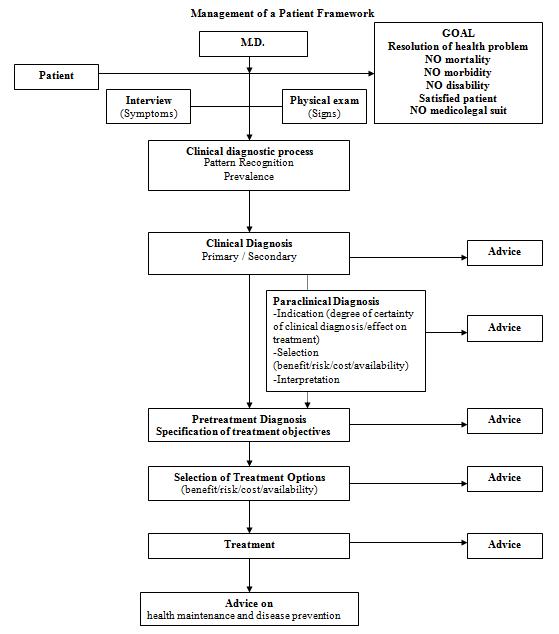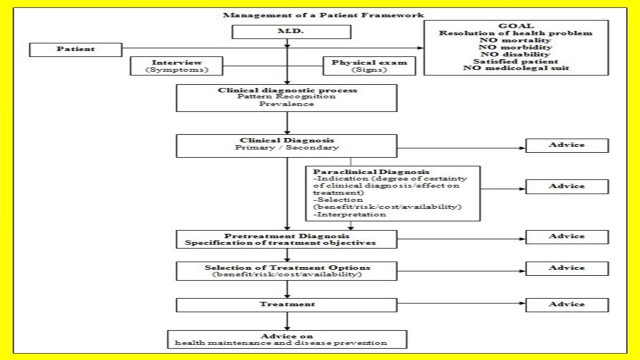My philosophy: There is no such thing as one and only one right way of managing and treating patients.
One, every patient is different or unique. No two people have the exact same genetic makeup, reactions to diseases (biophysical, psychosocial, and mindset) and responses to treatment.
Two, physicians have different ways of managing and treating patients. No two physicians have the exact same methods and skills of managing and treating patients. One, usually they have different mindsets. Two, as human beings, they have different inherent problem-solving and decision-making skills. They do problem-solving and decision-making in the context of the individual patients (individualization) who are not the same as mentioned above. Third, no two physicians and surgeons have exactly the same dexterity in doing procedures. Again, they have to adjust their treatment procedures in the context of in the individual patients (individualization) who are not the same as mentioned above.
One can say there are many “right” ways of managing and treating patients if the targeted outcomes (cured and controlled diseases) are being similarly achieved. The various “right” ways of managing and treating patients will just differ in terms of cost-effectiveness and patient experience.
Question I asked myself: If there is no such thing as one and only one right way of managing and treating patients, is there such a thing as one and only one “process” of managing and treating patients?
There could be.
I am proposing a management of a patient process framework which I find useful in standardizing managing and treating patients. Using the the process framework will bring out the most cost-effective and best patient experience way of managing and treating patients.
See below.


The details can be seen in:
Another question I asked myself: Is there such a thing as wrong way of managing and treating patients?
Yes, if the way of managing and treating patients is creating and producing more harm than benefit and if it is not promoting cost-effectiveness and patient experience.
ROJ@18apr20
